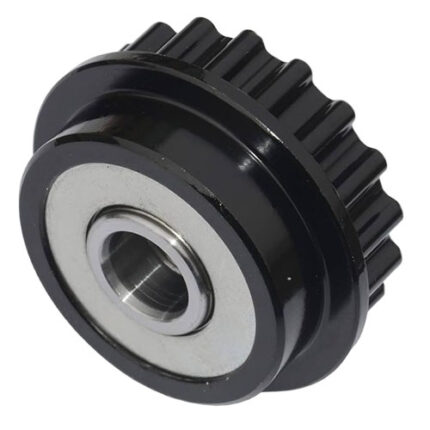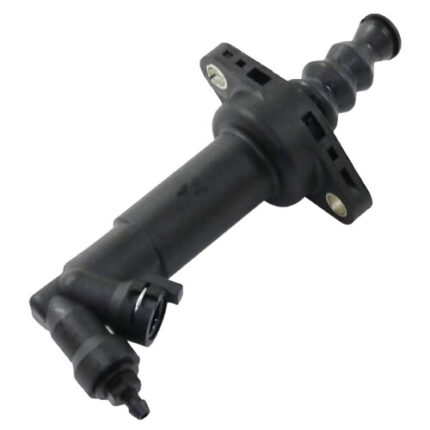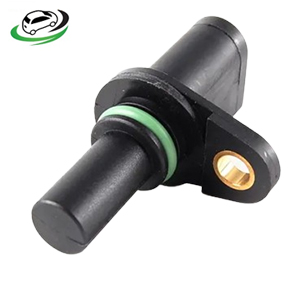-91%
Get Vehicle Speed Sender VW Golf IV-1.8T/2.0/TDI/VR6 12v/ New Beetle-1.8T/2.0/TDI 095927321B
The vehicle speed sender, also known as a vehicle speed sensor (VSS), is a crucial component in modern automobiles that measures the speed at which the vehicle is traveling. It plays a significant role in various vehicle systems, including the transmission, speedometer, and engine control systems. Understanding the function, importance, and maintenance of the vehicle speed sender is essential for ensuring optimal vehicle performance and accurate speed readings.
Function of the Vehicle Speed Sender
The primary function of the vehicle speed sender is to provide accurate speed data to the vehicle’s electronic control units (ECUs) and instruments. It measures the rotational speed of the vehicle’s wheels or transmission output shaft and converts this mechanical movement into an electrical signal. This signal is then transmitted to various systems that rely on accurate speed information.
- Speedometer: The most obvious application of the vehicle speed sender is the speedometer. The speedometer uses the data provided by the VSS to display the vehicle’s current speed to the driver. This information is critical for safe driving and compliance with speed limits.
- Transmission Control: In automatic transmissions, the vehicle speed sender provides data to the transmission control module (TCM). The TCM uses this information to determine the appropriate shift points and adjust the transmission’s behavior to optimize performance and fuel efficiency.
- Engine Control: The engine control unit (ECU) uses speed data from the VSS to manage various engine functions, including fuel injection and ignition timing. Accurate speed information helps the ECU optimize engine performance and fuel economy.
- Cruise Control: The cruise control system relies on speed data to maintain a constant speed set by the driver. The VSS provides the necessary information to adjust the throttle and maintain the desired speed.
- Anti-lock Braking System (ABS): In vehicles equipped with ABS, the VSS provides speed data to help monitor wheel speed and prevent wheel lockup during braking. This improves vehicle stability and safety.
Components of the Vehicle Speed Sender
The vehicle speed sender typically consists of several key components that work together to measure and transmit speed data:
- Sensor Housing: The sensor housing encloses the internal components of the speed sender and is often made of durable materials such as plastic or metal. It is designed to withstand harsh environmental conditions, including heat, vibration, and moisture.
- Magnetic or Optical Sensor: The core of the speed sender is either a magnetic or optical sensor. Magnetic sensors use a rotating toothed wheel or reluctor ring to generate electrical pulses as it passes by a magnetic pickup. Optical sensors use a rotating disk with slots or reflective surfaces to generate pulses detected by a photodiode.
- Signal Converter: The sensor converts the mechanical rotational movement into electrical signals. In magnetic sensors, the magnetic field changes as the toothed wheel rotates, generating voltage pulses. In optical sensors, the rotating disk interrupts light beams to create pulses.
- Electrical Connector: The electrical connector provides the interface between the vehicle speed sender and the vehicle’s wiring harness. It ensures a secure connection and proper signal transmission to the ECUs and instruments.
- Output Shaft or Gear: In some designs, the speed sender is attached to a rotating shaft or gear that connects to the vehicle’s transmission or differential. This component drives the internal mechanism of the sensor, allowing it to measure the rotational speed.
Importance of the Vehicle Speed Sender
The vehicle speed sender is crucial for the accurate operation of several vehicle systems and functions. Here’s why it is important:
- Accurate Speed Readings: The speedometer relies on the vehicle speed sender to provide accurate speed readings to the driver. Without a functioning VSS, the speedometer may display incorrect information, potentially leading to unsafe driving conditions.
- Optimal Transmission Performance: The transmission control module uses speed data to determine the appropriate shift points and manage gear changes. Accurate speed information ensures smooth and efficient transmission operation.
- Efficient Engine Management: The engine control unit uses speed data to optimize fuel injection and ignition timing. Proper engine management helps improve performance, fuel efficiency, and emissions.
- Cruise Control Operation: The cruise control system depends on accurate speed information to maintain the set speed. A malfunctioning VSS can lead to erratic cruise control behavior or failure.
- Enhanced Safety: The anti-lock braking system (ABS) relies on speed data to prevent wheel lockup during braking. Accurate speed measurements help maintain vehicle stability and control in emergency braking situations.
Common Issues with the Vehicle Speed Sender
Like any automotive component, the vehicle speed sender can encounter issues over time. Common problems include:
- Signal Interruption: Damage to the sensor or its wiring can interrupt the electrical signal, leading to inaccurate or no speed readings. This can affect the speedometer, transmission control, and other systems that rely on speed data.
- Worn or Dirty Sensor: The sensor’s internal components can become worn or dirty, affecting its ability to generate accurate signals. Contamination from dirt, dust, or moisture can also impact sensor performance.
- Faulty Electrical Connector: A loose, corroded, or damaged electrical connector can cause intermittent signal loss or erratic speed readings. Ensuring a secure and clean connection is essential for reliable sensor operation.
- Mechanical Failure: In some cases, the mechanical components of the speed sender, such as the output shaft or gear, can wear out or fail. This can lead to incorrect speed readings or complete sensor failure.
- Calibration Issues: Some vehicle speed senders require calibration to ensure accurate speed readings. Incorrect calibration can lead to discrepancies between the actual speed and the displayed speed.
Signs of a Failing Vehicle Speed Sender
Recognizing the signs of a failing vehicle speed sender can help prevent more serious issues and maintain optimal vehicle performance. Common symptoms of a faulty VSS include:
- Erratic Speedometer Readings: If the speedometer displays inconsistent or fluctuating speed readings, it may indicate a problem with the vehicle speed sender.
- Speedometer Failure: A complete failure of the speedometer, where it shows no speed or remains stuck at a specific reading, can be a sign of a malfunctioning VSS.
- Transmission Issues: If the vehicle experiences hard or erratic shifting, slipping gears, or poor acceleration, it could be due to a faulty speed sender affecting the transmission control module.
- Cruise Control Problems: If the cruise control system fails to maintain the set speed or behaves erratically, it may be due to incorrect speed data from the VSS.
- Check Engine Light: The vehicle’s onboard diagnostic system may detect a problem with the vehicle speed sender and trigger the check engine light or other warning lights on the dashboard.
Maintenance and Replacement of the Vehicle Speed Sender
Proper maintenance and timely replacement of the vehicle speed sender are essential for ensuring accurate speed readings and optimal vehicle performance. Here are some tips:
- Regular Inspection: During routine vehicle maintenance, inspect the vehicle speed sender and its wiring for signs of wear, damage, or contamination. Ensure that the sensor is securely mounted and that the electrical connector is clean and properly connected.
- Cleaning: If the sensor is dirty or contaminated, gently clean it with a suitable cleaning solution. Be careful not to damage the sensor or its internal components.
- Check for Fault Codes: Use a diagnostic scanner to check for fault codes related to the vehicle speed sender. This can help identify specific issues and guide the repair or replacement process.
- Replacement: If the vehicle speed sender is faulty or malfunctioning, it should be replaced promptly. Follow the manufacturer’s guidelines for the replacement procedure and ensure that the new sensor is properly calibrated if required.
- Professional Help: If you are unsure about the condition of the vehicle speed sender or how to perform maintenance or replacement, seek the assistance of a professional mechanic. They can diagnose the issue accurately and ensure proper repair or replacement.
Follow us on Facebook for more parts.



